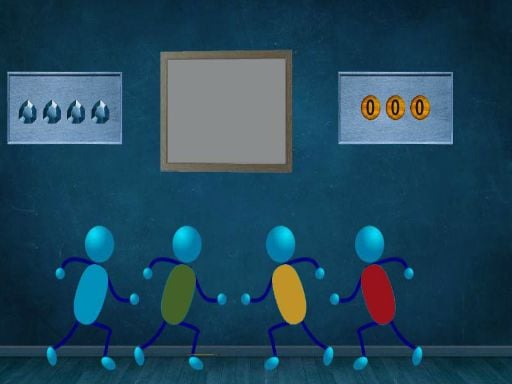Anime, also known as Japanimation, encompasses hand-drawn and computer-generated animation originating from Japan. The term “anime” is derived from the English word “animation,” and within Japan, it broadly refers to all forms of animated media. Outside Japan, however, “anime” specifically denotes animation from Japan or animation styles influenced by Japanese aesthetics, often characterized by vivid graphics, lively characters, and imaginative themes. This broader interpretation allows for the possibility of anime produced outside Japan being recognized under the same term.
The history of Japanese animation dates back to 1917, marking its early commercial developments. The distinctive art style that is now associated with anime began to take shape in the 1960s with the influential works of Osamu Tezuka and gained widespread popularity in the latter half of the 20th century, attracting large domestic and international audiences. Anime can be delivered through various channels, including theatrical screenings, television broadcasts, home video releases, and via the Internet. Many anime are adaptations of Japanese manga (comics), light novels, or video games.
Over time, anime production techniques have evolved in response to technological advances. As a multimedia art form, anime integrates graphic art, character development, cinematography, and other creative methods. Instead of focusing predominantly on fluid movement, anime often emphasizes realistic backgrounds and employs cinematic techniques such as panning, zooming, and varied camera angles to enhance storytelling. A wide range of art styles exists within anime, with character proportions and features, including the iconic large or expressive eyes, varying significantly.
Anime spans numerous genres, catering to both broad and niche audiences. Additionally, in the United States, terms like “wapanese” or “weeaboo” have emerged to describe fans—particularly white individuals—who are passionate about Japanese culture and anime. Originally used pejoratively, these terms now often refer to individuals with a strong interest in Japanese anime and related cultural elements.













